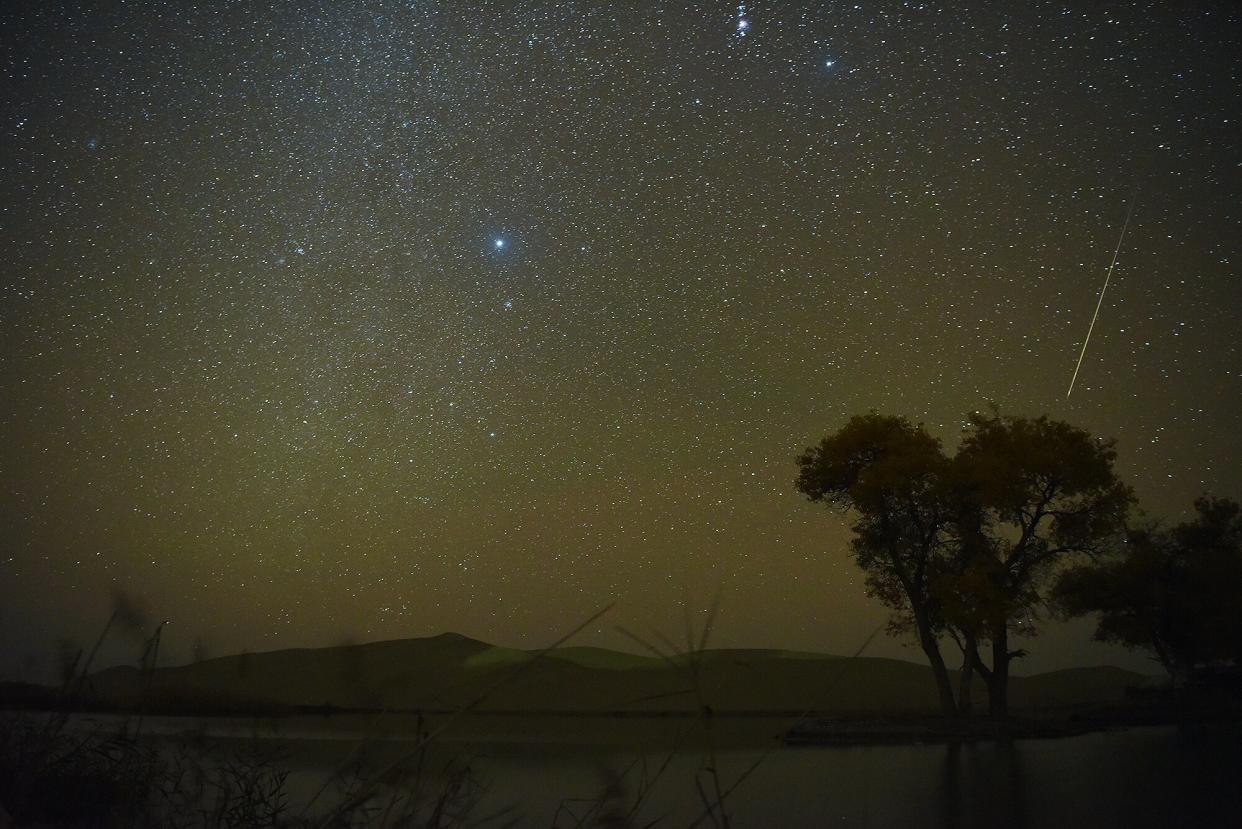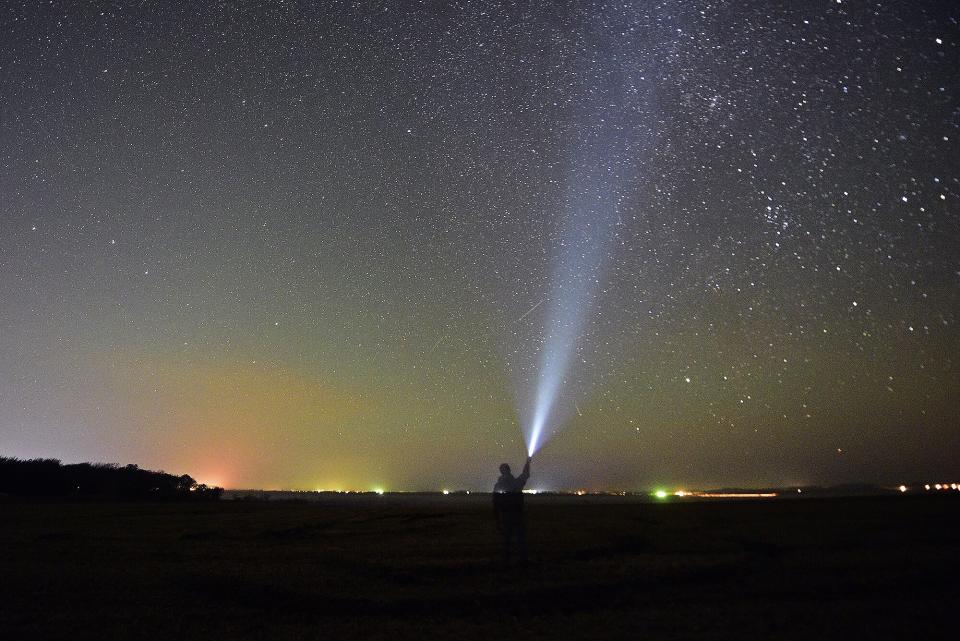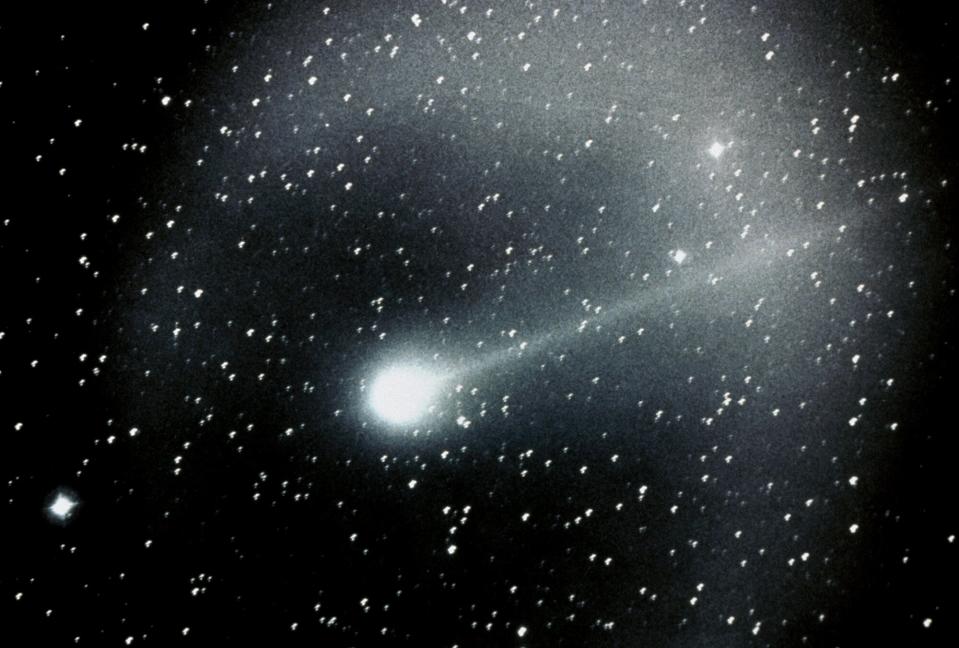The Orionid Meteor Shower Reaches Its Peak Soon: Here's How and When to Watch

Xue Bing/VCG via Getty Images
Calling all stargazers and space lovers: Point your eyes to the sky!
The 2021 Orionid meteor shower, which NASA says "are considered the most beautiful showers of the year," will take place between Oct. 2 and Nov. 7. Viewers are expected to witness up to 20 meteors per hour around its peak in the early morning on Thursday, Oct. 21.
The phenomenon can be viewed in both the Northern and Southern hemispheres. Simply put, they can be seen anywhere in the world and anywhere in the sky (as long as it's under the best conditions).
The conditions this year? Not that great. Experts are saying not to expect much from the peak due to the full Hunter's Moon taking place on Oct. 19 and 20. This means that the moonlight is likely to be its brightest, flooding the sky with light and thus making the meteors difficult to see. (Darkest conditions are always best for witness space phenomena.)
"The Orionids are going to, frankly, suck this year... the moon will be up all night, from sunset to sunrise," NASA meteor expert Bill Cooke told Space.com.
RELATED: Watch Michelle Obama's Call with Inspiration4 to Celebrate Dr. Sian Proctor's Space History

Yuri SmityukTASS via Getty Images
Light pollution is also known to hinder the viewing effect. To attempt to get the best view, find a spot far from city lights.
The suggested prime viewing time is around 1:30 a.m. local time. Plan to get situated 20 minutes prior to allow time for your eyes to get accustomed to the dark first, and then simply look up (no telescopes or binoculars necessary)!
In years past (when the moon posed no imposition to viewing), stargazers have been able to witness a spectacular sight of around 10 to 20 Orionids per hour, according to EarthSky.org.
The celestial event takes place annually, and occurs when Earth passes through a stream of debris that trails behind Halley's Comet, the parent comet of the Orionid shower. Though Halley's Comet takes about 76 years to orbit the sun, the Earth annually passes through the ice and dust it sheds, which becomes the Orionids in October.
RELATED: William Shatner Is in Talks to Head into Space on Jeff Bezos' Blue Origin Rocket: Source

Getty
The Orionid's name is derived from Orion the Hunter, the constellation the meteor shower's direction appears to travel from. Although the showers can be viewed anywhere in the sky, it can be helpful to first locate the shape of Orion and look slightly north of his left shoulder.
Don't stare at that specific spot directly, though, NASA meteor expert Cooke told Space.com, "because meteors close to the radiant have short trails and are harder to see — so you want to look away from Orion."

